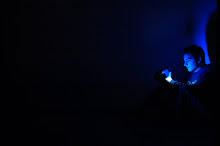(You might wanna have this map open while you read: http://www.mta.info/nyct/maps/submap.htm )
One of the few designs that sticks out in my head that I actually like is the map for New York City's subway system. With twenty six individual train services operating in four of the five boroughs, it is no small task to map each one's path in relation to the other twenty five. While the original map design is over thirty years old, it has remained more consistent than the trains we ride on.
At first glance, the map is something like multicolored spaghetti overlaying New York. Lines are criss-crossing everywhere and moving in seemingly geographically impossible ways (see: Verrazano Bridge). However, this is where one of the map's rather unique features comes into play. With the exception of Staten Island, the geographical shape of the city has remained intact. This contrasts with many other city transit maps that simply provide lines and stops. If you have the vaguest idea of where you are in New York, you can use the map to find a station.
Once you find a station, you can trace routes till your heart is content thanks to the color coding of the system. Coloring service by what physical track a train passes through in Manhattan greatly helps the tourist crowd while keeping clutter away from what could be the most intricate network of trains below the island. Veteran straphangers (subway riders) make sense of the soup and can easily point out stops and trains when they need to stray off the beaten path.
No one would deny that the subway map follows function more than form, but it has just enough color and aesthetic shape that it's also not an eyesore to look at while you're trying to find your way back from Bensonhurst after a few drinks at three in the morning.
